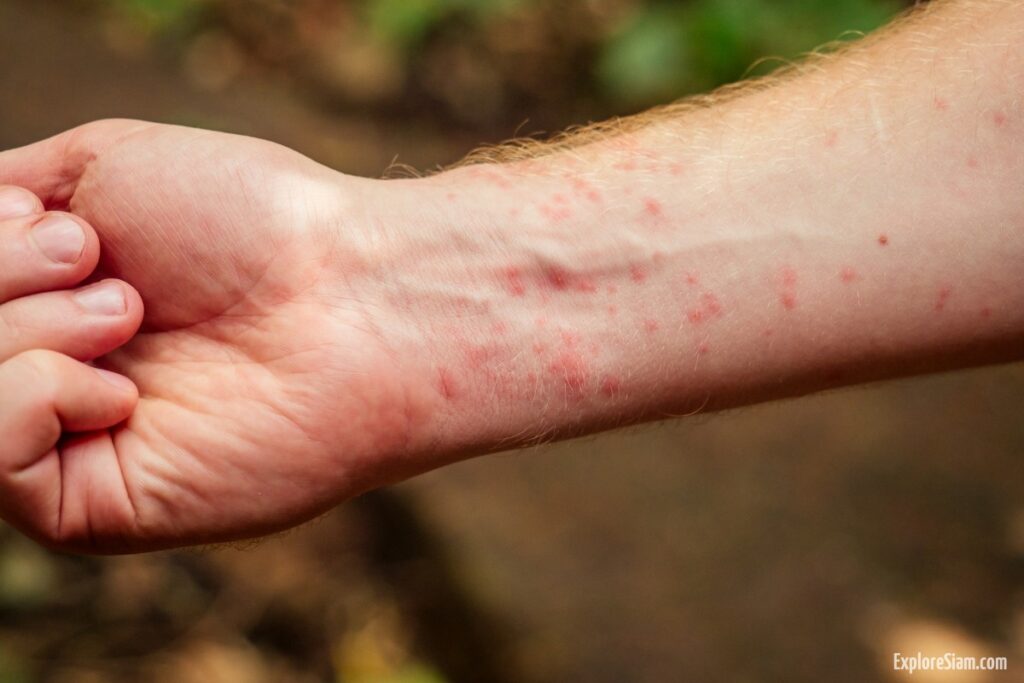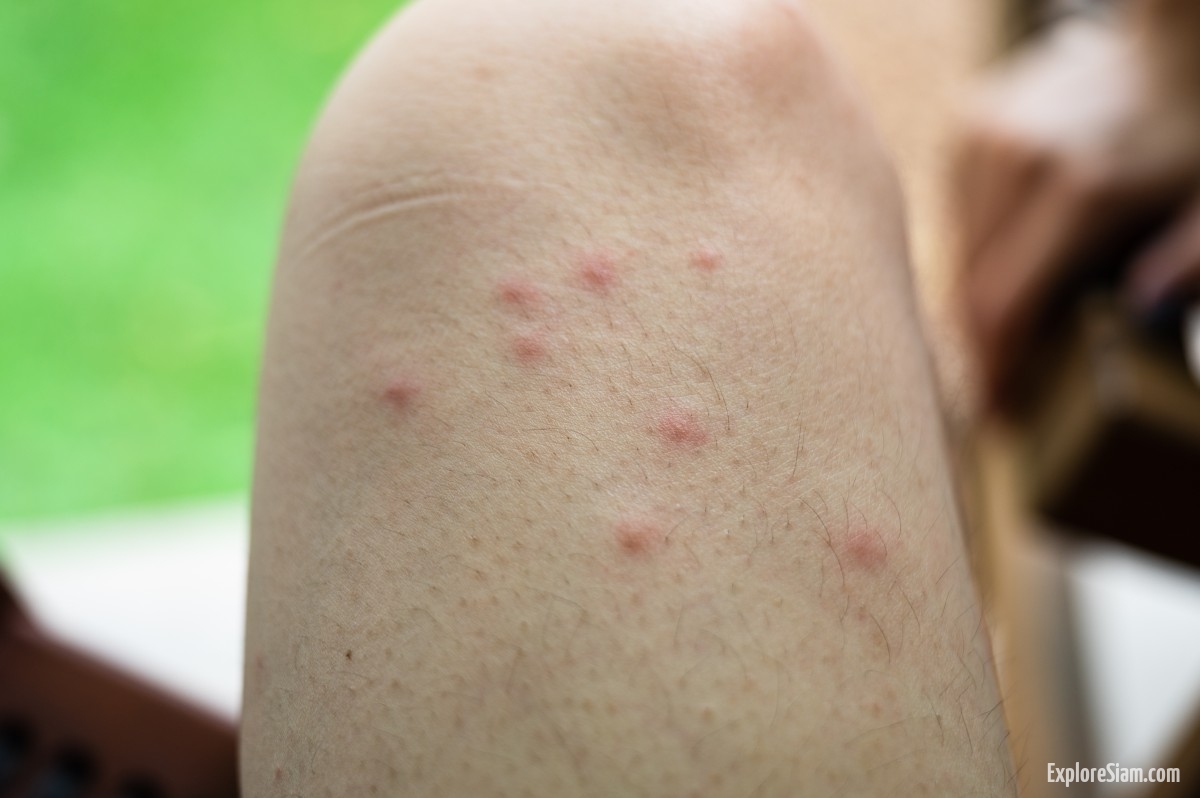Thailand, with its stunning landscapes, golden beaches, and lush jungles, is a paradise for travelers seeking both adventure and relaxation. However, amid this beauty, a small yet formidable adversary awaits — the sandfly. This tiny insect can turn an idyllic vacation into an uncomfortable experience, but with the right knowledge and precautions, you can enjoy your time in Thailand without falling victim to these pesky creatures.
The Sandfly: Understanding the Culprit
Sandflies are small, biting insects found in various parts of Thailand, especially in coastal areas and near rivers and lakes. Unlike mosquitoes, sandflies are nearly invisible, measuring just a few millimeters in size, making them difficult to detect until it’s too late. These insects are most active during dusk and dawn, although they can bite at any time of day, especially in shaded or wooded areas.
The bite of a sandfly is more than just a minor irritation. The saliva of the sandfly contains anticoagulants and other proteins that can cause intense itching, swelling, and, in some cases, allergic reactions. Some species of sandflies in Thailand are also known vectors of Leishmaniasis, a disease that can have serious health implications if not treated promptly.

Where Sandflies Lurk: High-Risk Areas in Thailand
In Thailand, sandflies are most commonly found in coastal regions, particularly on islands and in mangrove forests. Popular tourist destinations such as Koh Samui, Phuket, and the Andaman coast are known hotspots. These areas, with their warm, humid climates and abundance of organic matter, create the perfect breeding grounds for sandflies. Even in urban areas near beaches, sandflies can be a nuisance, especially in the less developed regions where sanitation and pest control measures are minimal.
Travelers should also be aware of sandfly activity in rural and jungle areas, where the presence of stagnant water and dense vegetation offers ideal conditions for these insects. Trekking through national parks, exploring caves, or visiting waterfalls can expose you to sandflies, making it crucial to take preventive measures.
Protecting Yourself: Strategies for Sandfly Prevention
Preventing sandfly bites requires a combination of strategies, especially in high-risk areas. Wearing light-colored, long-sleeved clothing is one of the most effective ways to reduce skin exposure, as sandflies are attracted to darker colors. Applying insect repellent containing DEET or picaridin to exposed skin is also recommended, although it’s important to reapply frequently, especially after swimming or sweating.
Setting up a physical barrier, such as sleeping in a bed net, particularly in areas where sandflies are prevalent, can provide additional protection. Choosing accommodations with air conditioning or good ventilation can also reduce the likelihood of sandflies entering your sleeping quarters. When possible, avoid sitting on the ground or near vegetation during peak sandfly activity times.

What to Do If Bitten: Managing Sandfly Bites
Despite the best precautions, it’s still possible to get bitten by sandflies while traveling in Thailand. The first step after being bitten is to clean the area with soap and water to prevent infection. Applying an anti-itch cream or taking an antihistamine can help alleviate the intense itching associated with sandfly bites. In cases where the bites become inflamed or show signs of infection, seeking medical attention is crucial to avoid complications.
For those who develop severe reactions or symptoms of Leishmaniasis, which include fever, weight loss, and sores at the bite site, immediate medical intervention is necessary. While Leishmaniasis is rare in Thailand, it is a serious condition that requires prompt treatment with specific medications.
Embracing the Adventure: Don’t Let Sandflies Ruin Your Trip
While sandflies are an unfortunate reality in many parts of Thailand, they should not deter you from exploring this beautiful country. By taking simple precautions and staying informed about the risks, you can minimize your chances of being affected by these tiny pests. Thailand’s natural beauty, vibrant culture, and warm hospitality far outweigh the inconvenience of dealing with sandflies. With the right mindset and preparation, you can enjoy a safe and memorable journey through the Land of Smiles, free from the discomfort of sandfly bites.





